Mesofauna Definition and Examples

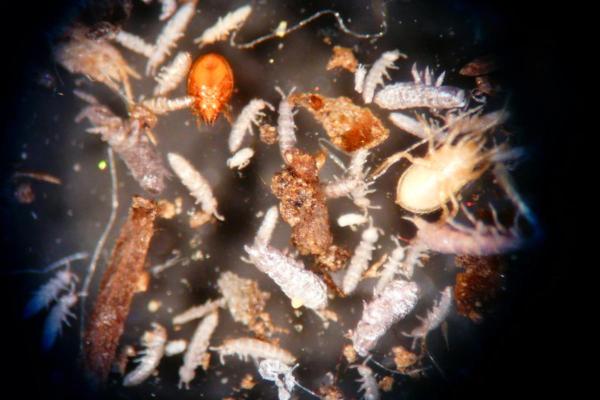
Too many of us underestimate soil. We may think of it simply as dirt instead of the complex ecosystem of macro- and microscopic organisms of which it consists. Without soil, we would not have the substrate required to grow various plants which are necessary for us to eat, breathe and survive. More than a substrate for plants, soil is an ecosystem in itself, home to know group of organisms known as soil mesofauna. At thedailyECO, we explain more by providing a mesofauna definition and examples in nature. In doing so, you can have a better idea of the worlds which exist underground.
What is the soil mesofauna?
There are two main divisions of the study of soil, pedology and edaphology. While pedology is interested in the formation, evolution and frameworks of soil, edaphology is concerned with how soil influences living beings. While this latter discipline is mainly concerned with plant life, it is also the study of mesofauna.
The definition of soil mesofauna is the set of medium-sized invertebrate animals that inhabit soil, either within or on the surface leaf litter. While the term ‘medium-sized’ is relative, it specifically refers to invertebrates which are between 0.1 to 2 millimeters in size. It might be helpful to know that meso means ‘middle’ in Greek and fauna comes from the Latin term referring to animals.
The role of mesofauna is very important in soil. They are essentially small engineers which break up waste and process it via a phenomenon called bioturbation. Bioturbation is an essential reworking of soil sediment which is required for biodiversity within an ecosystem.
Soil mesofauna also regulate the bacterial, fungal and algal communities of the soil by feeding on them, contributing to the decomposition of elements necessary for the soil's nutrient cycle. This is the same basic process which creates vermicompost or worm castings, nutrient-rich fertilizers which can be used for gardening[1]. The analysis of the soil mesofauna is used to determine environmental conditions and whether there is any type of disturbance.
In the below sections, we are going to look at some examples of mesofauna in nature:
Springtails
From the subclass of hexapods known as Collembola, springtails are tiny arthropods that can jump thanks to an appendage on their tail, hence their name. They are extremely common on the topsoil, especially where leaf litter collects. They usually form groups of several individuals and are important decomposers of organic matter.
Their diet is highly specialized depending on the type of springtail. For this reason, they are considered omnivores and will eat the following:
- Fungal hyphae
- Decaying leaves
- Bacteria
- Insects
- Protozoa
- Algae
Multiple microorganisms such as bacteria or worms are deposited in their feces. These are important decomposer part of the mesofaunistic dynamics of the soil.
Springtails are one of only three hexapods which are not considered insects. Learn more about the latter with our article on how insects breathe.
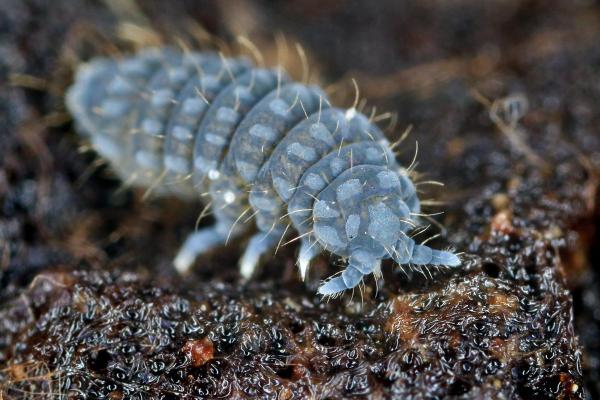
Enchytreid worms
Worms from the family Enchytraeidae are are better known as potworms. They are small translucent worms which are microdile, meaning they are mostly aquatic, but can be semi-terrestrial. Various different species of potworms require different kinds of soil, including ice worms which will die in temperatures only a few degrees above freezing.
Their main food is fungal hyphae and excretions from other animals. Although they are relatives of earthworms, they cannot process leaf litter or organic-matter debris. The more well-known earthworms are a type of macrofauna, something to help understand the size of mesofauna.
Being burrowers, they are important soil engineers, helping to aerate and create porosity of the soil. They release a secretion that helps to form the drilosphere, the part of the soil that regulates bacterial communities and mineral percentages.
Learn more about other worm species by finding out how many hearts earthworms have.
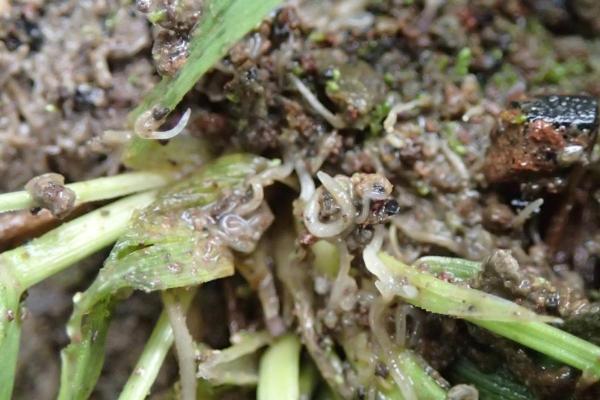
Soil mites
Mites are arachnids of microscopic size with colors ranging from cream to brown according to their environment. They feed on organic matter and help process it to form new soil. They may also ingest other invertebrates, fungi, or protozoa.
Their waste is the main food for bacteria and fungi which end the process of decomposition and bioavailability of elements to be reintroduced into the trophic chain. They are very abundant in most soils and are important bioindicators of soil quality. It is estimated there are between 50,000 to 250,000 mites per square meter of healthy soil. When there are less, it may be due to deficiencies or environmental disturbances[2].

Diplurans
Another non-insect arthropod, diplurans are characterized by having two parallel extensions at the end of their body, two long antennae and being transparent in color. They are tiny at only a few millimeters long, but they are very abundant in the soil mesofauna and can dig tunnels to help soil engineering. Their diet is mainly omnivorous as they feed on fungi and small animals that are part of the mesofauna.
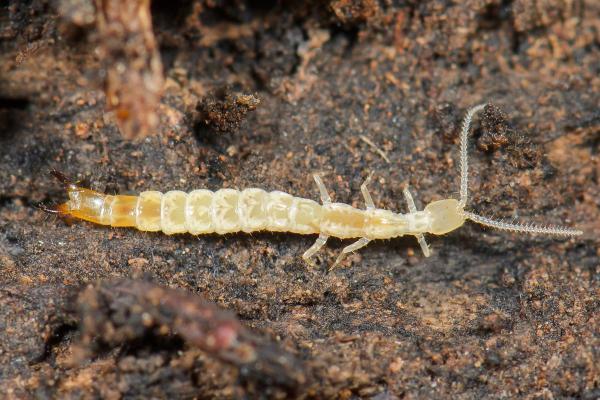
Symphylans
These arthropods are myriapods, which means they are relatives of centipedes. Although commonly known as garden centipedes, they are actually psuedocentipedes. Unlike actual centipedes, the symphylans are not poisonous: They are very small and measure between 0.5 and 10 millimeters. They lack eyes, are very fast and are white in color.
They abound in moist soil, but also in moss, in crevices, under rocks or among leaf litter. You may have also seen them inside rotting wood in a forest as they feed on this organic matter, as well as other types of decaying vegetation. They can be a big problem for agriculture because they can attack tubers or roots, harming many important crops.
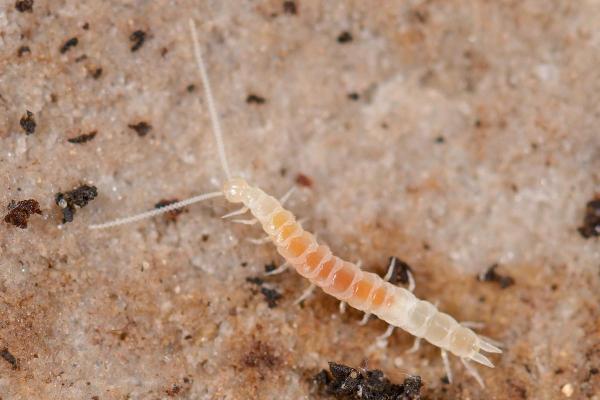
Isoptera
Compromising the infraorder Isoptera, termites can be found living underground although other species may have other habitats. Mesofaunistic termites live in the soil and prefer somewhere that is very humid. They make colonies by repositioning soil from one site to another, helping subterranean formation.
Termites also contribute to the decomposition of organic matter by feeding on wood, leaf litter or waste from other animals. They cannot process wood on their own, so they have protozoa in their digestive system that help break down cellulose. These isopterans are very important decomposers of wood in jungles and forests. On the other hand, they can be pests in crop fields.
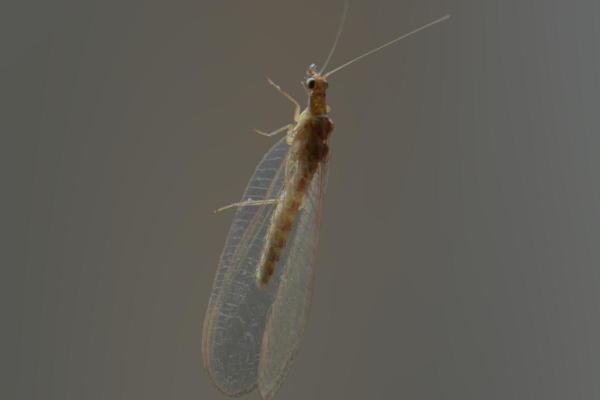
If you want to read similar articles to Mesofauna Definition and Examples, we recommend you visit our Biodiversity category.
1. Fattore, S., Xiao, Z., Godschalx, A. L., Röder, G., Turlings, T. C. J., Le Bayon, R. C., & Rasmann, S. (2020). Bioturbation by endogeic earthworms facilitates entomopathogenic nematode movement toward herbivore-damaged maize roots. Scientific reports, 10(1), 21316.
https://doi.org/10.1038/s41598-020-78307-0
2. Menezes-Oliveira, V. B., Bianchi, M. O., & Espíndola, E. L. G. (2021). Changes in soil mesofauna structure due to different land use systems in south Minas Gerais, Brazil. Environmental monitoring and assessment, 193(7), 431.
https://doi.org/10.1007/s10661-021-09214-8
- Scheu, S., Ruess, L., & Bonkowski, M. (2005). Interactions between microorganisms and soil micro-and mesofauna. In A. Varma & F. Buscot (Eds.), Microorganisms in soils: roles in genesis and functions (pp. 253-275). Springer Berlin, Heidelberg.
- Marín Beitia, E. P., Sánchez de Prager, M., Sierra Monrroy, A., & Peñaranda Parada, M. R. (2015). Populations of Mites, Collembola and other Mesofauna in an Inceptisol under Different Management. National Faculty of Agronomy Magazine Medellín, 68(1), 7411-7422.
- Wall, H., & Knox, M. A. (2014). Soil Biodiversity. Reference Module in Earth Systems and Environmental Sciences, ISBN 9780124095489.











